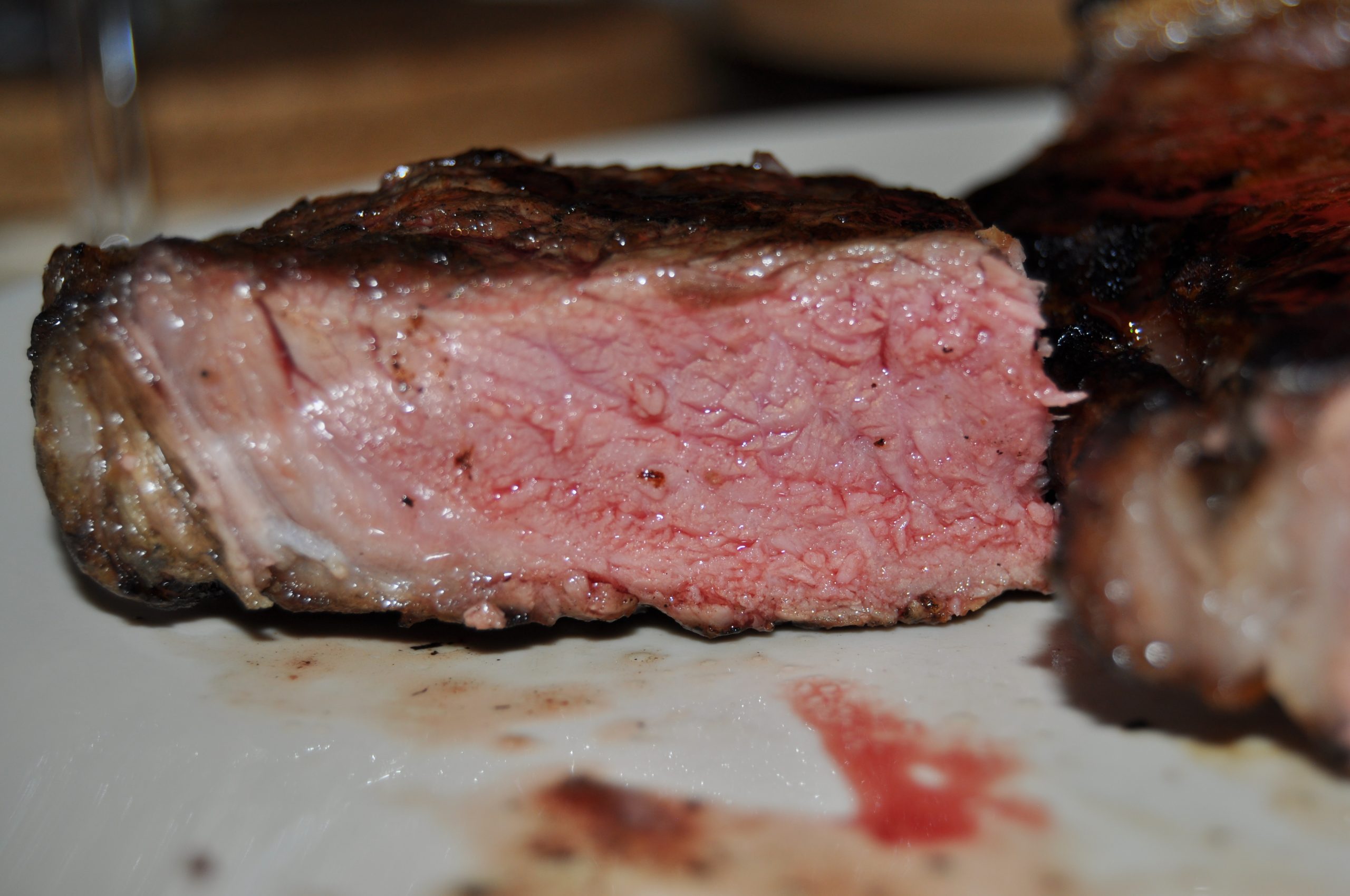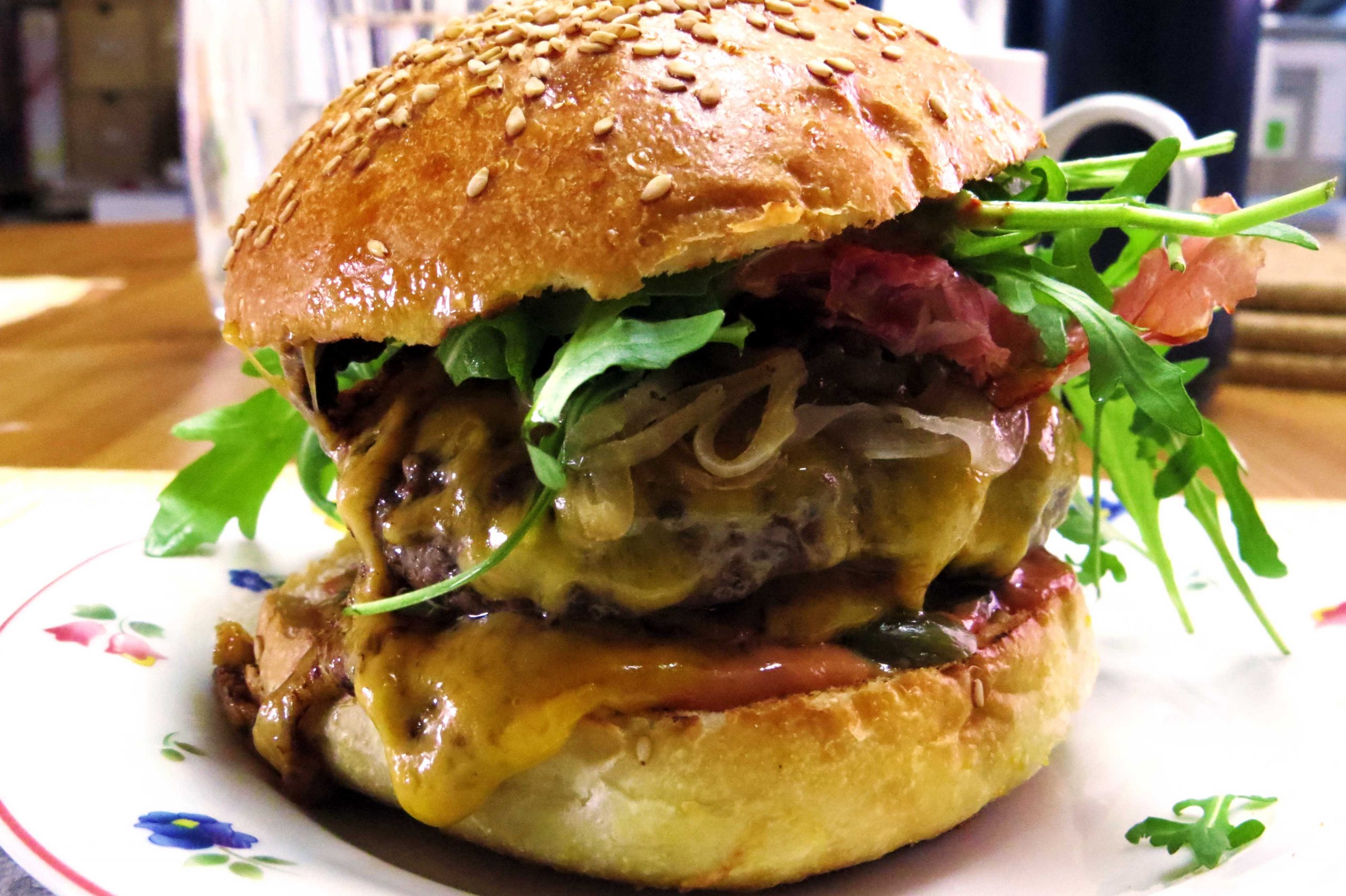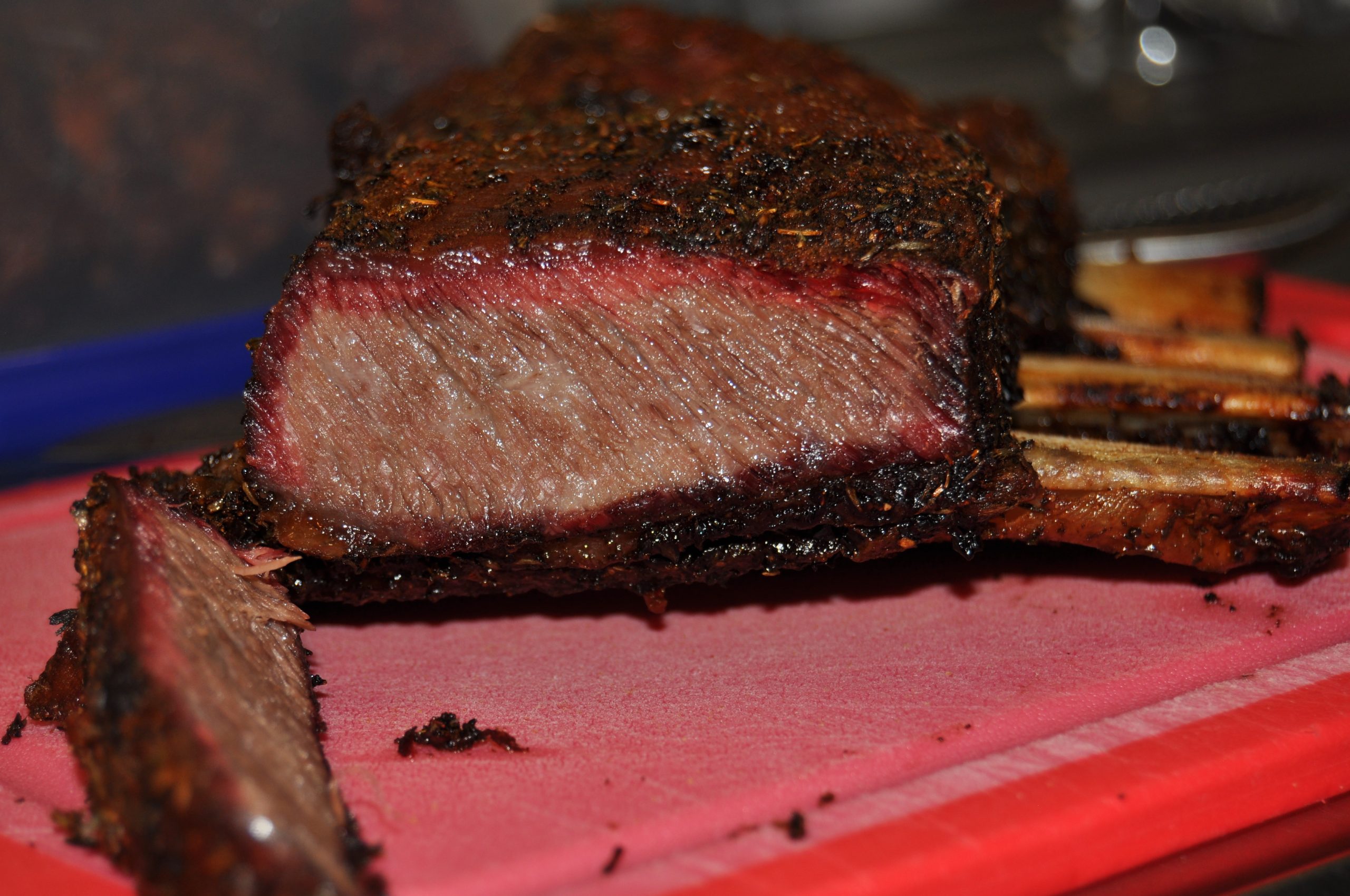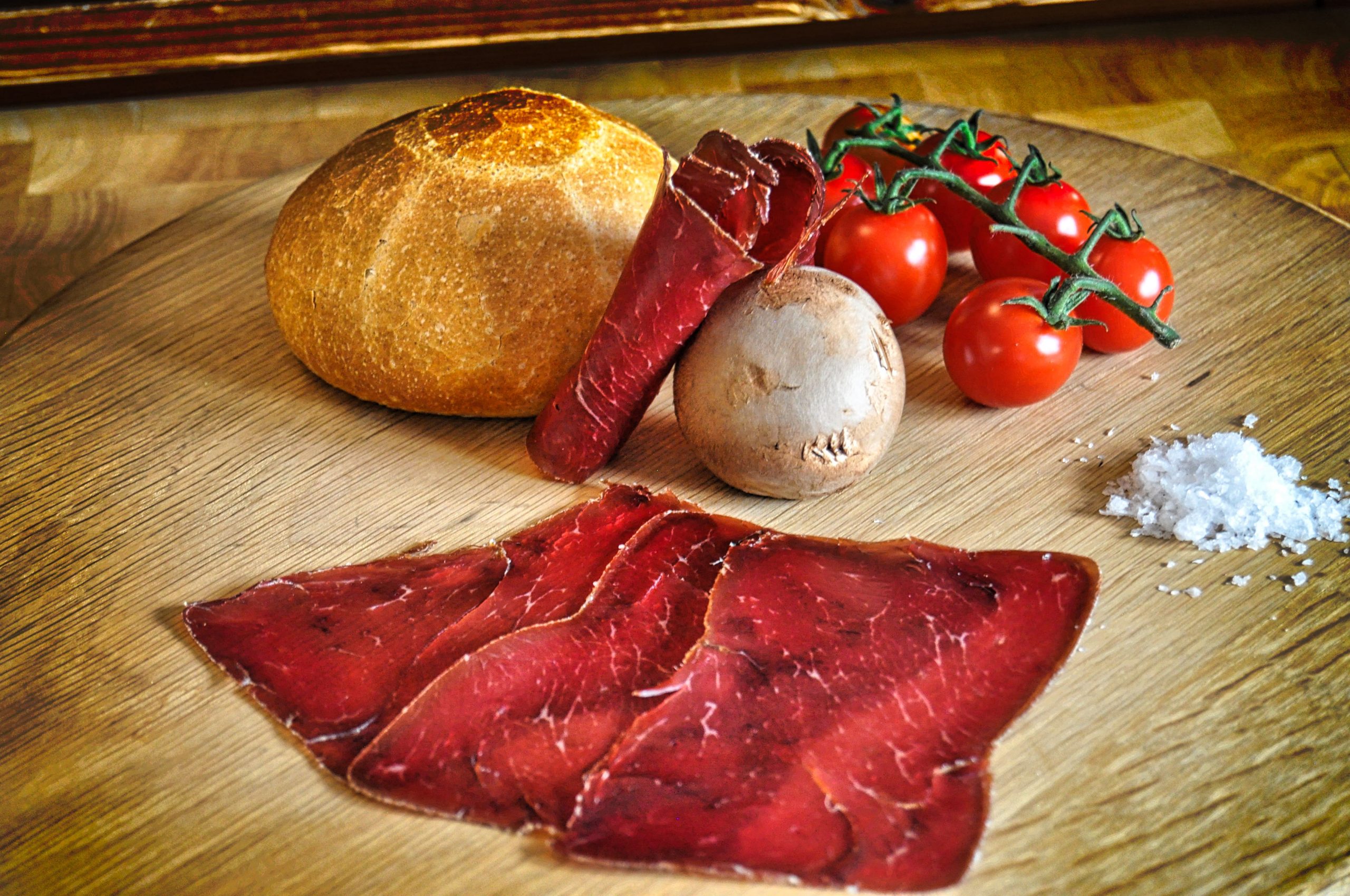The Italian province of Parma is known all over the world for its first-class food – and that doesn’t just mean the cheese Parmigiano Reggiano: Prosciutto di Parma (Parma ham) is another world-class product from the Italian province.
The Romans are said to have kept pigs in the Parma region to produce, among other things, air-dried ham: The unique geographical and climatic conditions predestined the region for pig breeding.
In Italy, the ham from parma is called Prosciutto di Parma: it is one of the most prestigious products of a region that is often referred to as “the belly of Italy”.
Back then, people were faced with the challenge of preserving meat for as long as possible: As early as 100 BC, pork legs are said to have been stored to dry and rubbed a little with oil to prevent spoilage.
Prosciutto di Parma is a craft that is thousands of years old.
A history dating back thousands of years
During a maturing period of several months, the ham was thus able to mature optimally and develop a taste. News soon spread in Italy that a unique meat product could be acquired in Parma: The supra-regional trade in ham from Parma thus began thousands of years ago.
The preservation of pork legs is a very old craft: there are reports from as early as the third century BC that pork legs were preserved with salt and olive oil. Even then, olive oil was a raw material that was abundant in Italy. Basically, little has changed in the production of Parma ham since the 3rd century BC: It is still crucial that the ham is air-dried and preserved with the help of salt. Thus, Prosciutto di Parma, just like Parmigiano Reggiano, is a craft that is thousands of years old.
Langhirano
For many centuries, Parma ham was primarily a regional product, marketed in Parma itself and the surrounding regions. To this day, well over half of the Parma ham produced remains in Italy and a relatively small proportion is exported.
At the beginning of the 19th century, Parisian gourmets are said to have discovered Parma ham for themselves: Parma ham from the small town of Langhirano on the river Parma is said to have played a special role in this: The town of Langhirano has the reputation of being the place of origin of Parma ham. To this day, a large part of Prosciutto di Parma is produced around the town of Langhirano.
In the production of Prosciutto di Parma, the fundamental principle is that the ham must be processed in a manner that makes the end product mild and tender – the Italian term for this quality is dolce.
The Maestro Salatore
Every week, fresh pork legs, weighing on average about 15 kilograms, are delivered to the producers of Prosciutto di Parma and processed. The rule for the pork legs is that they must come exclusively from pigs raised on the hills around Parma. The pork legs are then taken to the maestro salatore (Italian for salt master), who rubs the rind with moist sea salt and the muscle parts with dry sea salt. The pork legs are then stored for a week at a temperature of one to four degrees Celsius and a humidity of 80 per cent.
Now the legs are rubbed with salt a second time and then – depending on their weight – stored in a cool place for another 15 to 18 days. According to the Parma Ham Consortium, no chemical preservatives are used in the production of the ham; sea salt is the only preservative. In addition, the maestro salatore takes enormous care when salting: the end product must not be too salty, Parma ham is known for its mild character.
Pre-drying and larding
After the second salting, the pork legs hang in cold rooms at a humidity of 75 per cent for a period of 70 days.
After this process, the legs are washed with lukewarm water and brushed off to remove the remaining salt.
Now the pre-drying process begins: The hams are hung on high racks and the chambers used for hanging the hams are equipped with the characteristic low windows. There is a constant flow of air in the rooms so that the hams are dried evenly. This process is not to be confused with the actual air drying.
The pre-drying process takes about three months. Now the surface of each – except for the rind – is rubbed with lard and salt to prevent the outer layers from drying too quickly.
It is not least the air-drying that determines the aroma and the easy digestibility of the ham.
Air-drying: the secret of Parma ham
After larding comes the actual process of air-drying: for this, the hams are hung in less ventilated and darker rooms. The hams remain there until the end of their maturing period. During this phase, which is so important for Parma ham, decisive enzymatic and biochemical processes take place that make up the aroma of Parma ham. It is not least the air-drying that determines the aroma and the easy digestibility of the ham.
During air-drying, the ham loses about five percent of its weight.
After a maturing period of at least one year (the beginning of the maturing period is the date of the first salting), the hams are subject to a strict quality inspection.
A pointed horse bone is pierced in various places on the ham and pulled out again: The smell that remains on the horse bone decides whether the ham may be circulated as Prosciutto di Parma or not.
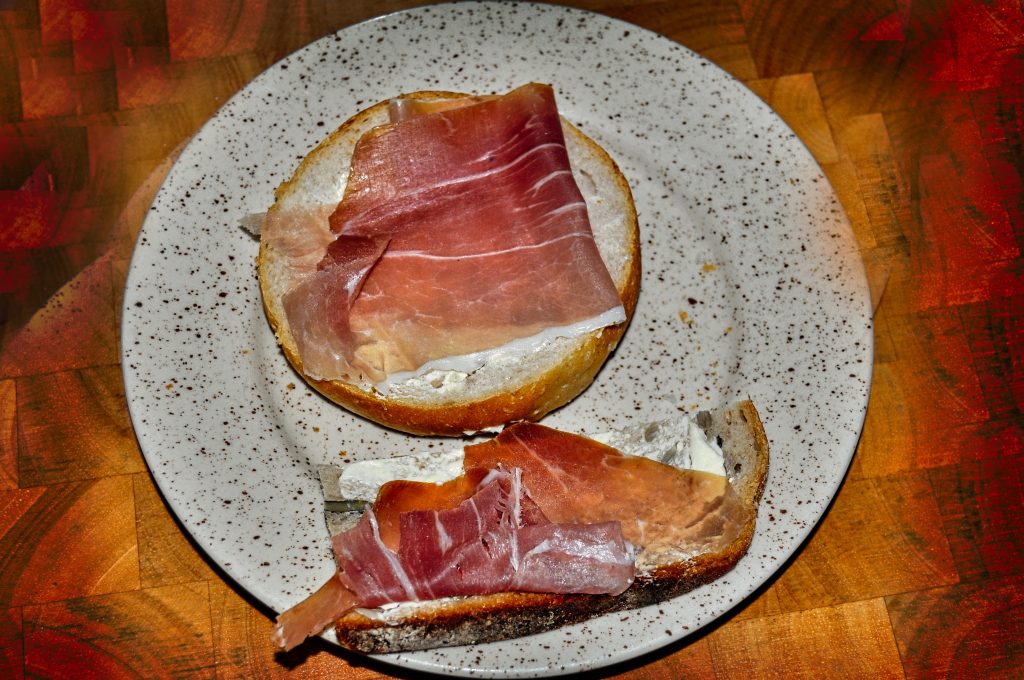
Dishes
If the result of the quality test is positive, the Parma ham is given a brand stamp: this stamp depicts the five-pointed crown of the Dukes of Parma. Hams that do not bear this branding do not circulate as Parma ham, but are often sold as air-dried Italian raw ham.
Traditionally, Parma ham is a classic bread topping: whether on a baguette, on a bagel or on a ciabatta au gratin, Parma ham is an ideal breakfast companion and should not be missing from any antipasti plate. If one wishes it to be particularly tasty, one should top a croissant with Parma ham: the interplay between the sweet croissant and the mildly aromatic Parma ham tastes excellent.
Parma ham is just one of the reasons why the Italian province of Parma is considered “the belly of Italy”: the millennia-old tradition of the ham fascinates numerous gourmets worldwide.
Cover picture: © Simon von Ludwig

 Deutsch
Deutsch